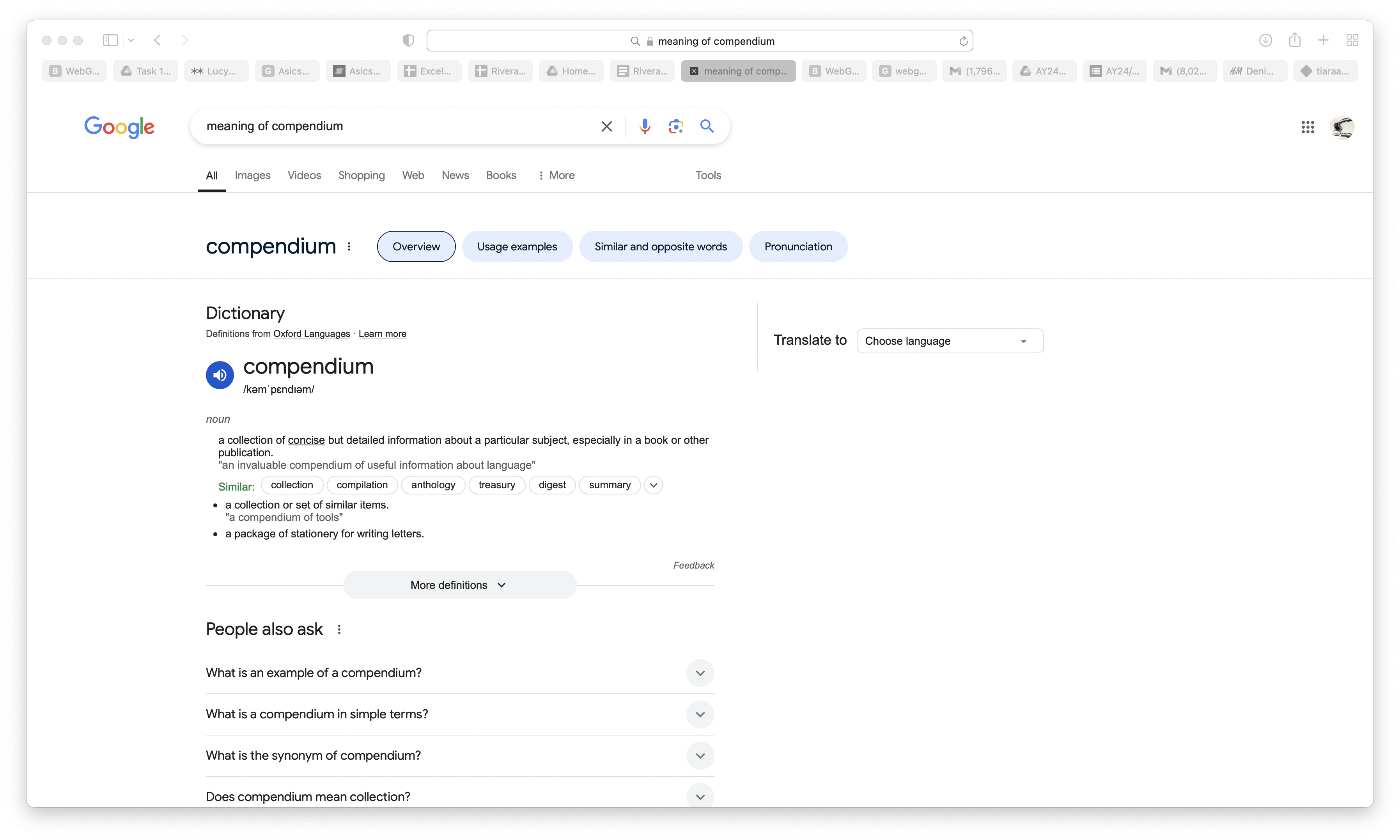
This week, I began researching how to plan my visual compendium, which feels like a crucial step in pulling together the fragmented pieces of my project. My first task was to understand what a visual compendium is and what it should include to effectively convey my ideas and process. A visual compendium is essentially a curated collection of visuals, reflections, and documentation that tells the story of a project (that is what I found on google, don’t laugh at me for searching this up when I could ask you.. I’ll feel attacked). For my work, it needs to serve as both a record of my creative process and a clear articulation of my concept.
I listed down a few things that I wanted my visual compendium to have, but I will sort it them in sections, like art and abstract (mc escher as he had paintings that were conceptually related to the penrose stairs), typography and patterns (of course as my project is type related), Architecture (penrose stairs), Nature (Romanesco broccoli), Movie (have yet to find one related).
This compendium will act as a cohesive representation of my journey, tying together my creative process, technical explorations, and conceptual growth. It feels exciting yet daunting, but I know it’s necessary to give my project clarity and structure.
Then I decided to start researching on what I wanted my visual compendium to look like, well obviously i wanted my visual compendium to have a website instead of physical book/whatever but here are some references I like to add in my CPJ for visual compendium
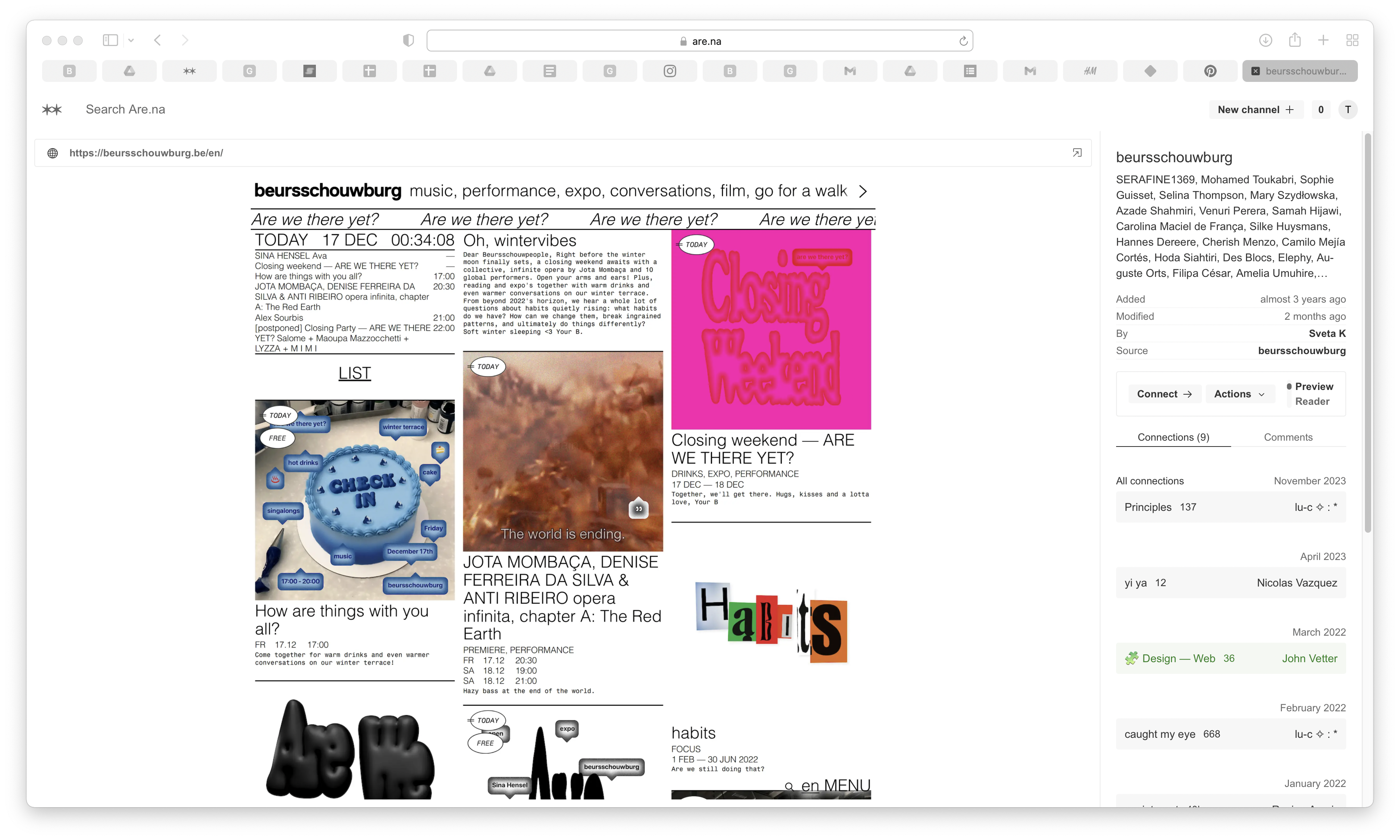
Link here.
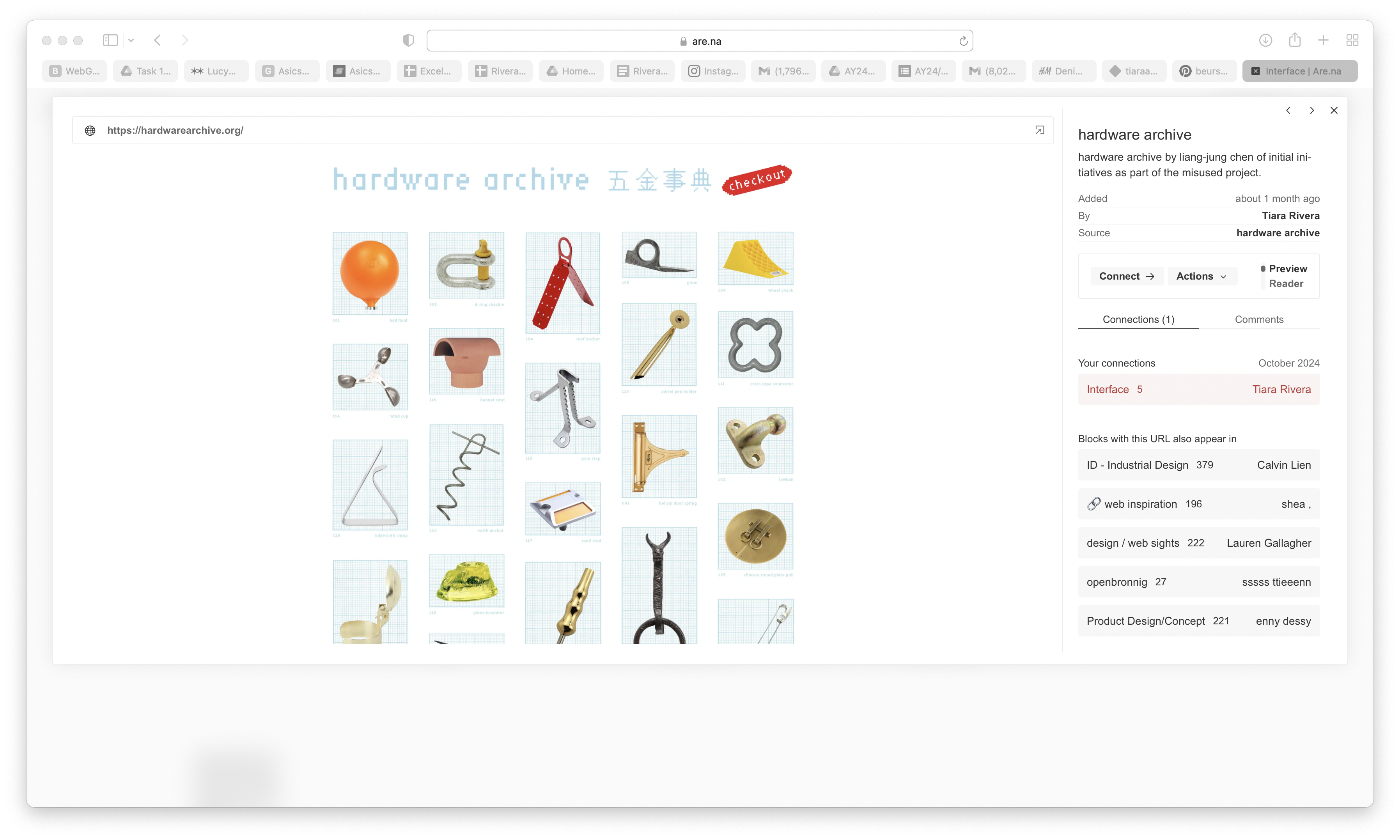
Link here.
I didn't had much reference on how I wanted my visual compendium to look like because usually when I code, I don't hold much high hopes cause I may not get what I want sometimes and that's okay because it will probably lead me to a better outcome too. But I am sure that I want my webite for visual compendium to have columns and that's how I wanted to arrange them so columns and grid was what I roughly looked into when I was referencing for my visual compendium.
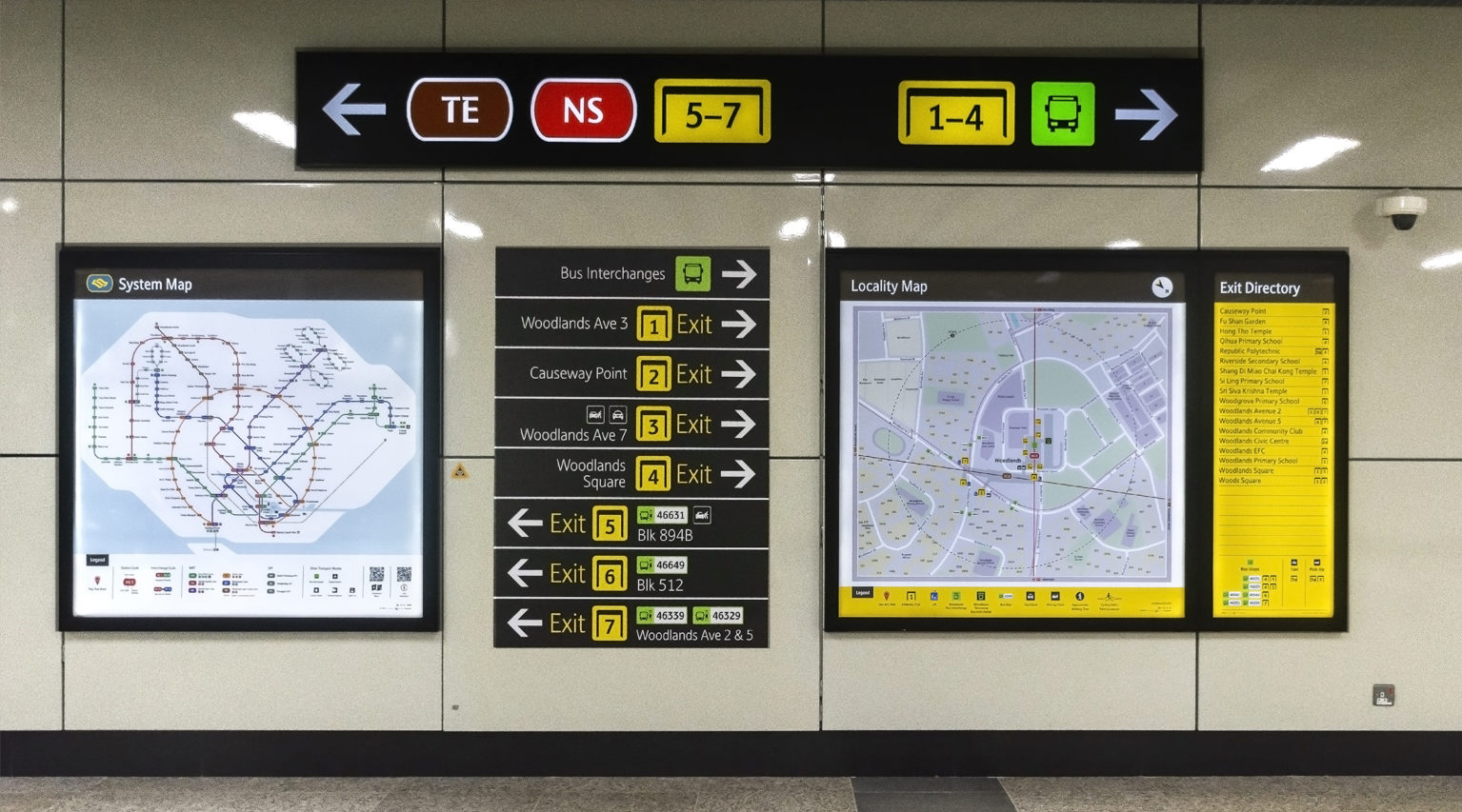
Link here.
This week, I attended Samuel’s talk, and it was an eye-opening experience. His perspective on design, particularly in relation to public systems like transportation and documentation, really challenged how I think about the role of a designer. He started by discussing his graduate project, where he critiqued the design of MRT systems in Singapore. I found it cool that each line—SBS, LRT, SMRT—is managed differently (I did not know, I’m a bad Singaporean), resulting in a lack of cohesive signage. It made me realise how easily we overlook such critical issues in our daily lives (again, bad singaporean here). His research wasn’t just about jumping to solutions but about deeply understanding the problem first, which I think is a step that is often skipped, even in my own work.
Samuel emphasized how people tend to approach design solutions without being on the same page about the problem. This struck a chord because, in my own project, I’ve often been tempted to jump straight into creating outputs without fully understanding the deeper issues I want to address. His process of questioning, like asking doctors why birth certificates are needed, resonated with me. It reminded me of those moments in primary school when teachers would demand birth certificates, and my parents would warn me never to lose them. It’s such a mundane thing, but his method of tracing back to the root of its necessity made me realize the importance of asking the right questions.
One of the key takeaways was his point about designers needing to listen more. Too often, designers get caught up in aesthetics—making things look good—without understanding the client's or user's real needs. Samuel stressed the importance of communication and listening, skills that he felt are often missing in designers. It’s not just about moving a mouse or changing colors; it’s about solving real problems and making impactful decisions. I realized I often get absorbed in the technical or visual aspects of my work and sometimes forget to reflect on whether it truly addresses a meaningful issue.
He also shared an interesting thought about how designs, no matter how beautiful or well-thought-out, can be ruined by a marketing team that doesn’t align with the system. Canva, he explained, cleverly avoided this by creating a system so robust that it’s nearly impossible to break. That insight made me think about the importance of designing for longevity and resilience, something I should consider in my own project.
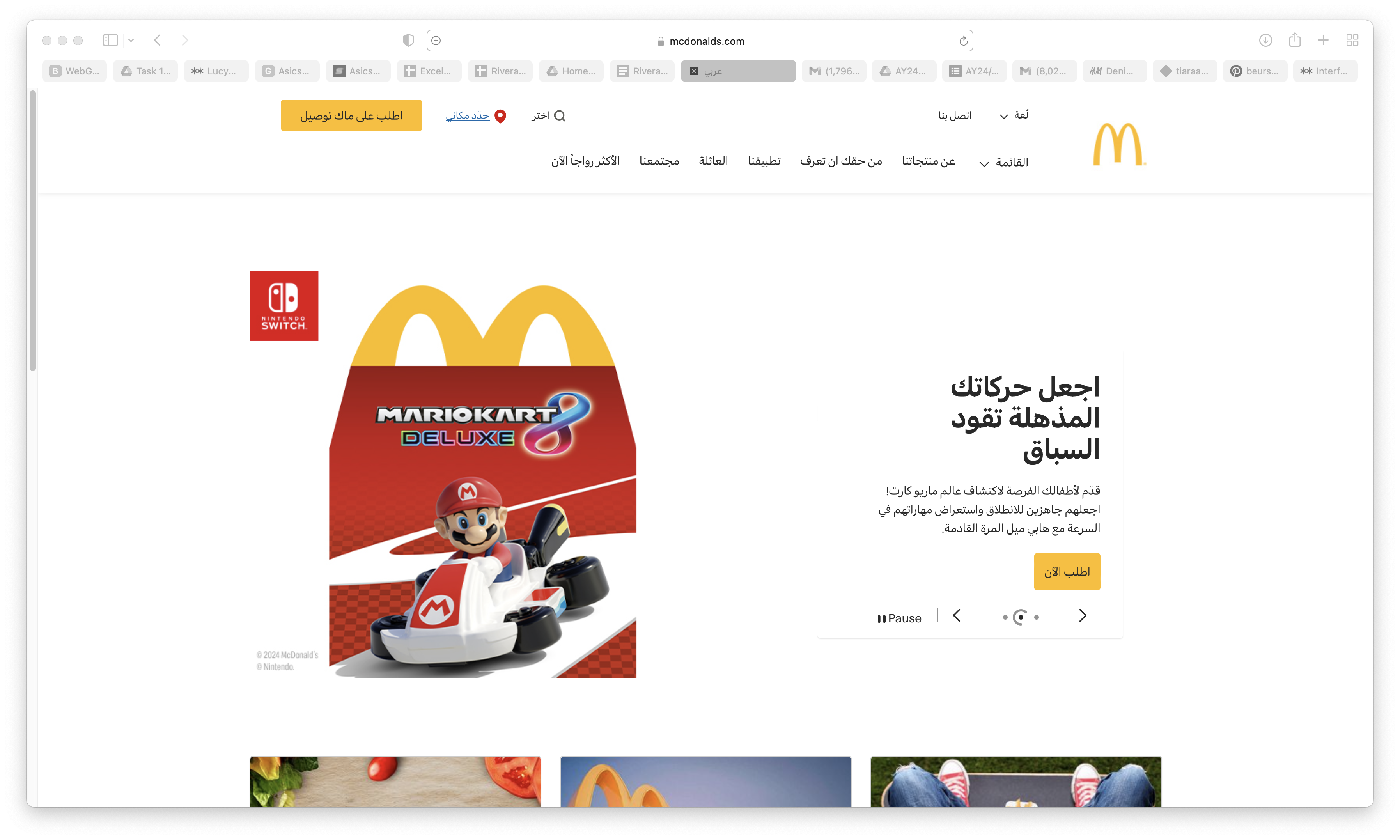
Link here.
Samuel’s work extends internationally, and I was fascinated by how he took his learnings from Singapore’s MRT system and applied them to Qatar’s transportation system. One particular insight he shared was about designing for Arabic, which reads from right to left. He told us to check out the McDonald’s website in Arabic (image above), the way the website was designed it's as if someone flipped the entire look of it, I thought that was really interesting because even a website its flipped. This was such a simple but powerful example of cultural context in design. It made me think about how often designs fail when they aren’t adaptable to different audiences or settings.
His advice for final-year projects (FYP) was also invaluable: focus on craftsmanship, not reputation. He encouraged us to concentrate on the quality and integrity of our work rather than worrying about how it might be perceived. This really hit home for me, especially as I’ve been feeling overwhelmed by the need to prove myself through my project. It was a reminder to go back to basics and focus on solving meaningful problems.
Also the last part of the talk was, Samuel’s belief that design is a tool, not just a final product, was deeply inspiring. He encouraged us to lead the conversation, to look beyond designing buttons or visuals, and to really think about the problems we want to solve and the people we want to serve. His talk left me reflecting on my own approach to design, pushing me to question whether I’ve been too focused on superficial aspects rather than tackling the deeper issues at hand. It’s a challenge I’m eager to take on in the weeks ahead.
